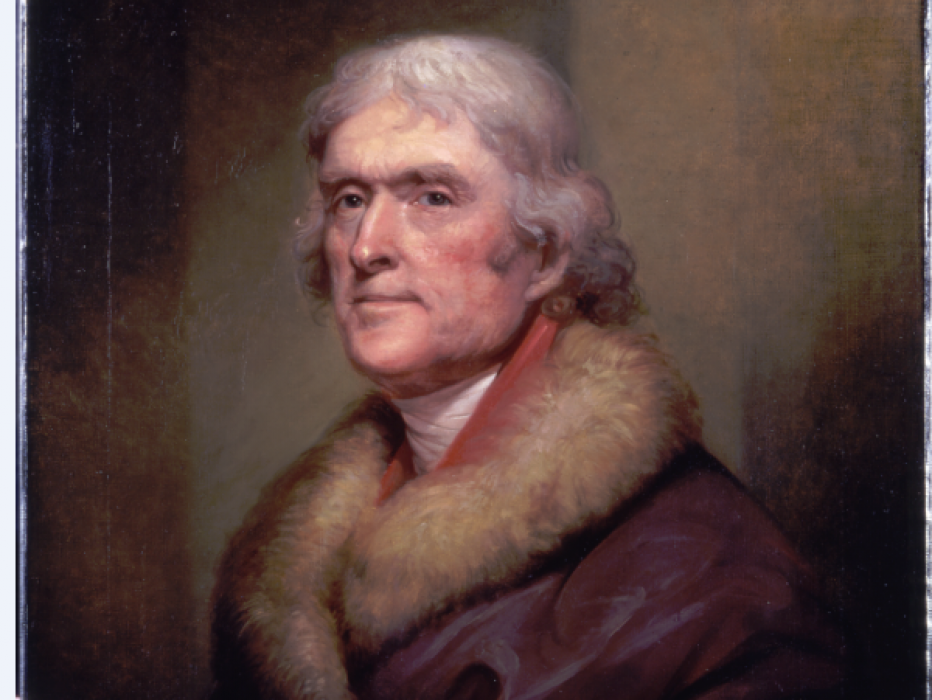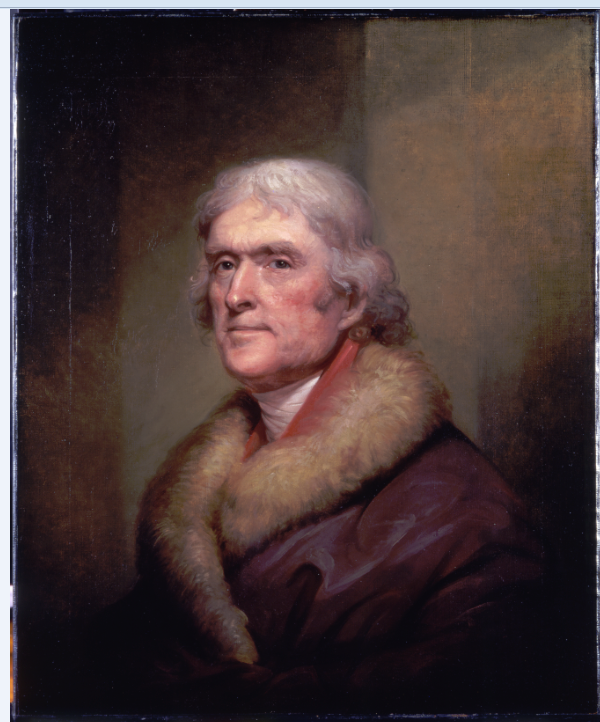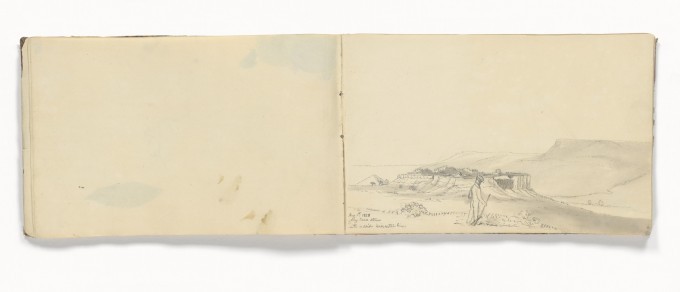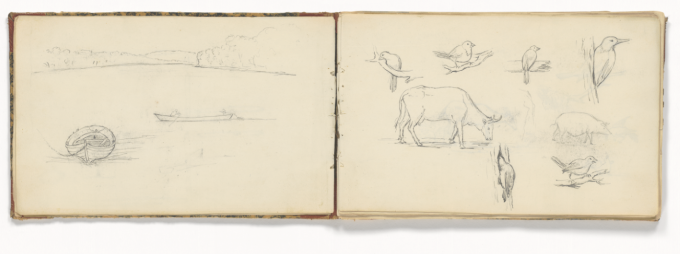Updates / News /


Updates / News /

History is rarely straightforward, and weaving a complex account within the confines of a museum is a difficult undertaking. The history of westward expansion of the United States and Thomas Jefferson’s role in the movement is no different. The reimagined Museum at the Gateway Arch, which reopens July 3, strives to present a multifaceted look at this far-reaching moment in our history.
Although many visionaries and explorers contributed to the westward expansion of the United States movement of the early 1800s, none had as much impact as Thomas Jefferson. He was the third president when the U.S. purchased the Louisiana Territory from France in 1803 for $15 million, which nearly doubled the size of the country. Following the deal, Jefferson sent Meriwether Lewis and William Clark on the Corps of Discovery Expedition, a three-year journey to explore and map the newly acquired land. Following the expeditions, Clark settled in St. Louis as Superintendent of Indian Affairs.

Thomas Jefferson, by Rembrandt Peale, 1805; oil on canvas
Needless to say, these events shaped not only the geography but also the character and course of the U.S. – and at great cost to thousands of people, including American Indian tribes who were displaced from their ancestral lands. We can’t forget that westward expansion brought misery, hardship and warfare to many.
Jefferson’s Vision – one of six new exhibits at the Museum at the Gateway Arch – helps visitors understand the good and bad of Jefferson’s ideas about the West: his curiosity and interest, but also his 18th-century biases.
The complicated history is brought to life with real tools, instruments and clothing of explorers of the early 1800s, as well as maps of exploration trails and a reproduction of an American Indian buffalo hide tepee. Visitors will see American Indian Peace Medals and learn about their role in American Indian relocation and treaties. They’ll learn about the aggressive and often manipulative way Jefferson and his supporters dealt with American Indian tribes as well as how the fur trade was impacted.
A cornerstone of the Jefferson’s Vision exhibit is a display of artifacts from renowned naturalist Titian Peal from his time as the naturalist illustrator on the Yellowstone Expedition, which departed from St. Louis in 1819. The artifacts represent a major effort to document native American species and is one of the oldest natural history collections in the country – at the Museum at the Gateway Arch visitors can see Peale’s clothing and scientific instruments, including his butterfly catcher, vials and papers for holding and labeling specimens.


Photo credit: Yale University Art Gallery
Sketchbook from the Stephen H. Long Expedition to the Rocky Mountains. 20 leaves.
Artist: Titian Ramsay Peale, American, 1799–1885
ca. June 1820
Graphite and watercolor, bound
12.4 x 20.2 cm (4 7/8 x 7 15/16 in.)
Gift of Ramsay MacMullen, M.A.H. 1967

St. Louis has always been a city that knows the warmth of community during this time of year. YOU can continue this legacy by joining our mission to uplift our great city and its hometown national park.
JOIN TODAY to enjoy a host of member benefits and the good feeling that comes from being a part of history and enriching the lives of more than two million annual visitors and guests to downtown St. Louis.